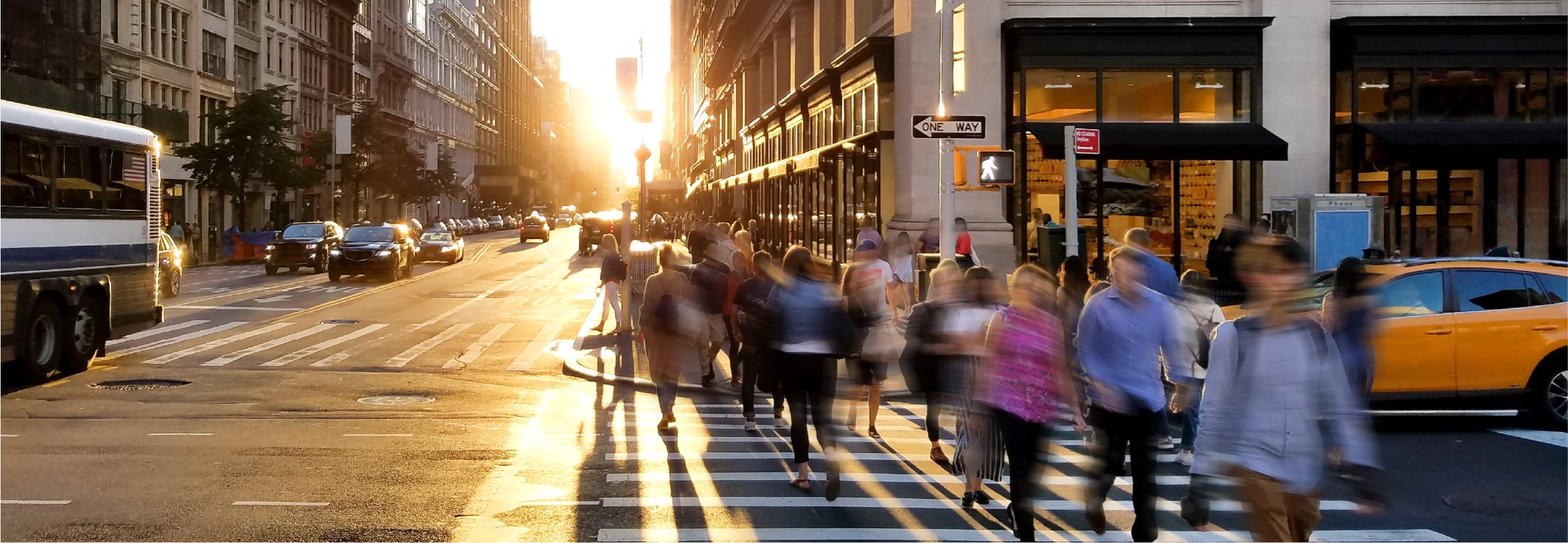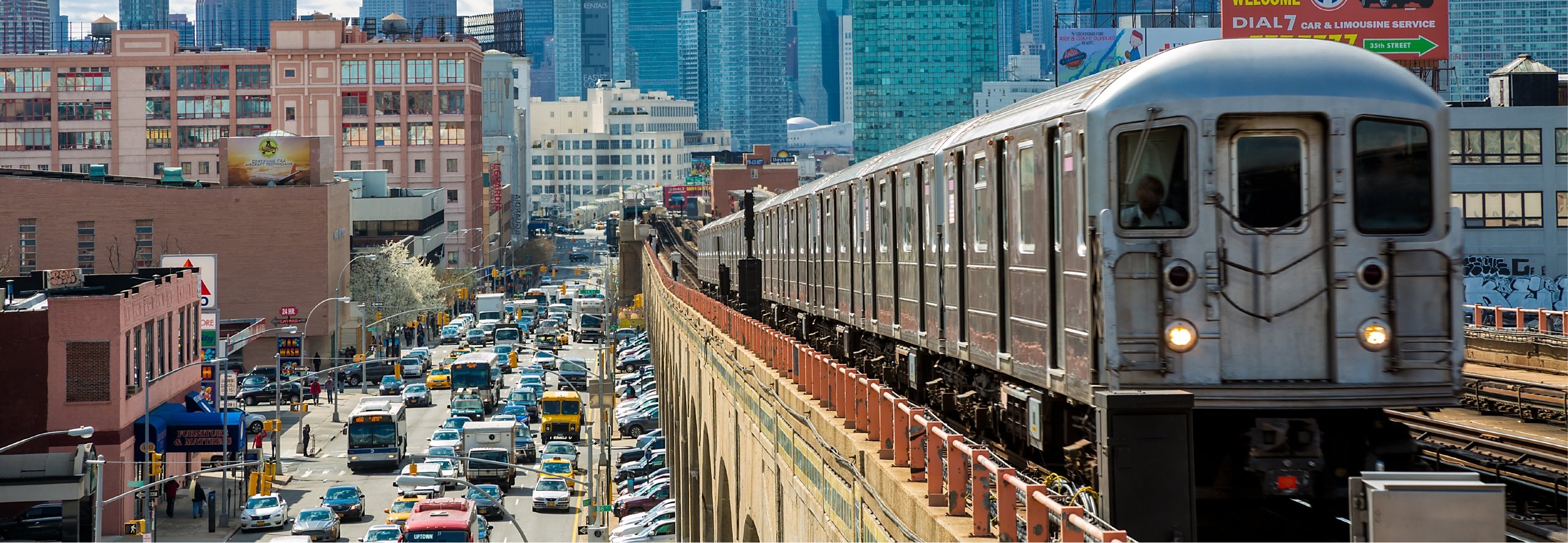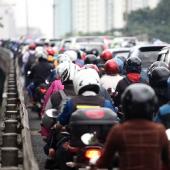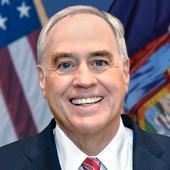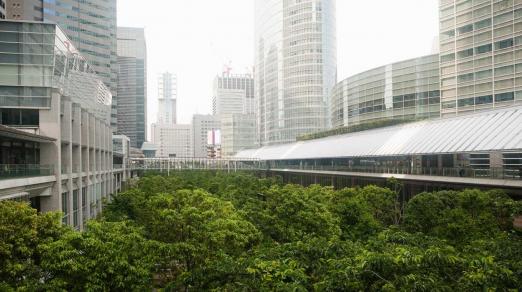NY Comptroller: If COVID can’t kill a city, can it make it stronger?
IN BRIEF
- Wall Street’s success: The financial services sector’s resiliency has been a big key to maintaining New York’s revenue and financial stability.
- Government has a big role to play, but so does the business community, as do the nonprofit sector and labor—all big employment sectors in the city. It's in everyone’s shared interest to continue to be invested in the city’s future.
- If New York is to continue to be a vibrant, wonderful place 10 years from now, there needs to be a strong focus on retaining the next generation.
Thomas DiNapoli is the 54th Comptroller of New York, a cabinet officer of the state of New York and head of the New York state government's Department of Audit and Control. As Comptroller, DiNapoli is the State’s chief fiscal officer ensuring that state and local governments use taxpayer money effectively and efficiently to promote the common good. Employing more than 2,700 people, the office’s responsibilities include serving as sole trustee of the $254.8 billion New York State Common Retirement Fund, one of the largest institutional investors in the world; administering the New York State and Local Retirement System for more than one million public employees and more than 3,000 employers; administering the State’s approximately $16.7 billion payroll and overseeing the fiscal affairs of local governments, including New York City. In 1972, DiNapoli became the first 18-year-old in New York state to hold public office when he was elected a trustee on the Mineola Board of Education. In 2007, DiNapoli was elected State Comptroller. He was re-elected Comptroller by New York’s voters in 2010, 2014 and 2018. Joe Kornik, VISION by Protiviti’s Editor-in-Chief, sat down with DiNapoli in May to discuss New York City’s future.
Kornik: I’d like to start talking about how COVID-19—and the economic crisis it’s caused—has the potential to alter a city’s finances for a long time. Now that we’re nearing the end, how’d we do?
DiNapoli: Well, I certainly think compared to where we were a year ago, we've done much better than any of us could have imagined at the time. When you think of the depths of the economic fallout from COVID and the severe job loss, it was devastating from an economic point of view. And New York City was the first and the hardest hit of the U.S. metropolitan areas. We experienced a severe spike in unemployment and a severe drop in sales tax revenue, and I think everybody was expecting the worst. So here we are about halfway through 2021 and we’ve seen the picture improve in terms of unemployment and sales tax revenue, but we’re certainly not back to pre-pandemic levels. The big game changer for the city was the support that came from the federal government and the American Rescue Plan Act of 2021. The change in the presidency, the change in the Congress and certainly Chuck Schumer as Senate Majority Leader were all big factors helping lead the city through the crisis: We’re actually on target to end the year with a surplus. That doesn't mean there still aren’t major concerns, but it’s a much better picture from where we thought we’d be a year ago.
Kornik: Honestly, that’s more optimistic than I expected. It seems like there are so many headwinds in terms of lost tax revenue, unemployment, real estate and other factors to consider.
DiNapoli: You know the employment numbers are still going to be off and revenue numbers are going to be off, and the property tax loss is significant—the city's projecting the highest drop in property tax collections in its history. And we’re concerned that may continue well into the future. In terms of real estate, that depends a lot on how business moves forward with bringing people back to the office. There's still a lot of uncertainty, but one of the bright spots has been the resilience of financial services. When the markets tanked in March of 2020, everybody thought Wall Street was going to tank, too. But it didn’t; bonuses were up, and that has helped maintain an important part of the city's revenue. So, that’s been a big key to financial stability. I’m optimistic. I was in Manhattan recently and there's more street traffic than I've seen in many months, and people seem to be returning to work and the office. And maybe we’re starting to get some day-trippers? I don't think we’re getting very much overseas tourism yet, but we’re all watching tourism because it’s so vital to the city’s overall economy. But even as Broadway starts to reopen and restaurants continue to come back with the help of federal support, the pace of the recovery is so important to the future of the city’s finances. So, we’re keeping a close eye on all of this. We’ve done a series of reports on the retail sector, the restaurant sector, the hospitality sector, the tourism sector and the forecasts are still way off. But if this recovery is slower than anticipated, we could be dealing with a lot of tough choices sooner rather than later.
Kornik: I know some of the biggest challenges are imminent, but if you were to focus a little farther out—maybe even something the next Comptroller will have on his or her plate a decade from now—what comes to mind?
DiNapoli: Well, first I would point out that I still have many years to go to beat Arthur Levitt’s run of 24 years of being New York Comptroller. A decade from now, I could still be Comptroller… now, I’m not announcing anything, I assure you. But if we’re looking a decade out, one of the key dynamics is, will New York City still be a place that attracts young, talented people—in the arts, or technology or the financial sector? And, even pre-pandemic, there's always been a concern about the out-migration of established upper-income New Yorkers, but I think we probably need to focus more on the migration of some of those younger talented people who are on the verge of launching their careers and perhaps settling down and raising a family in the city but because of this pandemic, we might have lost some of them. So, if we want New York to continue to be a vibrant, wonderful place 10 years from now, we've got to make sure we're focusing on that next generation. So that really speaks to some of those factors I was talking about earlier, safety and employment. Businesses will need to adapt to a new reality, even if that means a hybrid model of remote and in-person work—they need to be mindful of how younger people want to work. I do think if we address some of those broader issues, and if we focus on the next generation and make sure we're not losing them, I think the city has the potential to be stronger than ever in 2030. Look, New York has come through many crises over the years, including a pandemic, by the way. And history says we always end up better, not worse.
Kornik: Do you suspect that will happen again?
DiNapoli: Right after 9/11, there was nothing going on downtown. Now, lower Manhattan is humming in terms of business activity, but it's also become a residential community. Much more so than it ever was pre-9/11. It’s better than it was. And I think when we look back on this time a decade from now, there will be lessons learned and things about New York City that are better than they were pre-COVID. I'm very positive about what New York will be 10 years from now. And while it’s always difficult to look that far out, our history as a city says, almost without fail, that we’re better than we were the decade before. So, I have every reason to think that we’ll look back on this time as a big turning point to a better New York City.
Joe Kornik is Director of Brand Publishing and Editor-in-Chief of VISION by Protiviti, a content resource focused on the future of global megatrends and how they’ll impact business, industries, communities and people in 2030 and beyond. Joe is an experienced editor, writer, moderator, speaker and brand builder. Prior to leading VISION by Protiviti, Joe was the Publisher and Editor-in-Chief of Consulting magazine. Previously, he was chief editor of several professional services publications at Bloomberg BNA, the Nielsen Company and Reed Elsevier. He holds a degree in Journalism/English from James Madison University.
I'm very positive about what New York will be 10 years from now. And while it’s always difficult to look that far out, our history as a city says, almost without fail, that we’re better than we were the decade before.
Did you enjoy this content? For more like this, subscribe to the VISION by Protiviti newsletter.



